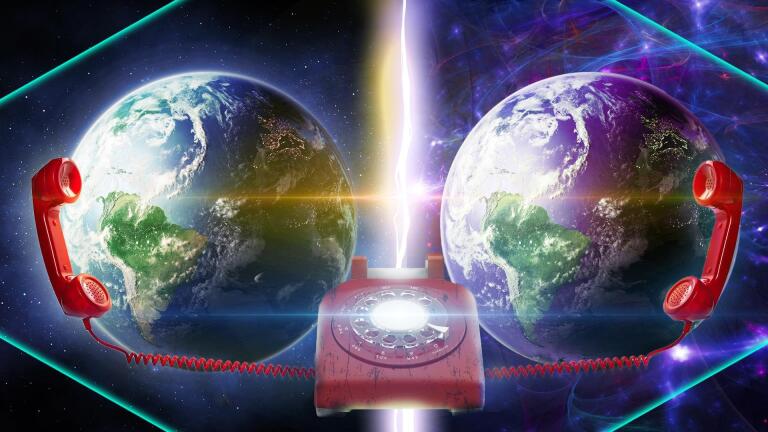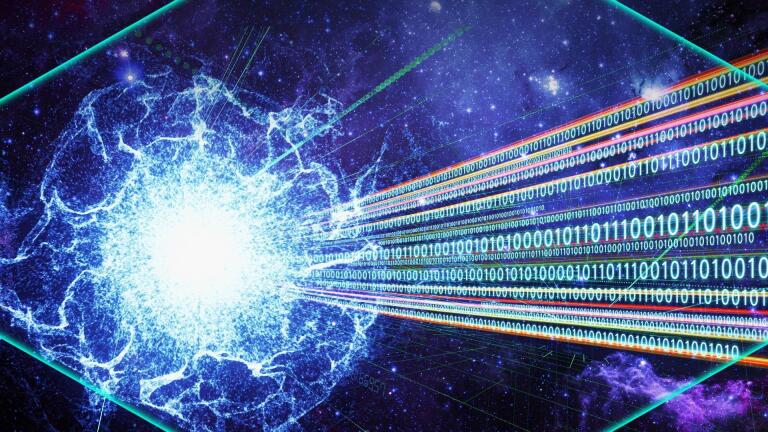Back to Show
PBS Space Time
Why Quasars are so Awesome
Season 3
Episode 11
When Quasars were first discovered the amount of light pouring out of such a tiny dot in space seemed impossible. A hysterical flurry of hypothesizing followed: swarms of neutron stars, alien civilizations harnessing their entire galaxy’s power, bright, fast-moving objects being ejected by our own galaxy’s core.
Sign up now for inspiring and thought-provoking media delivered straight to your inbox.
Support Provided By

14:14
We take a journey to the center of a neutron star, a place where matter exists in states.

12:21
Our cleverest astronomers have figured out ways to catch light that skims black holes.

13:01
Of all the possible ends of the universe, vacuum decay would be the most thorough.

13:43
It may very well be possible to communicate between worlds.

14:30
A newly discovered white dwarf may change our understanding of all cosmology.

13:26
We explore the range and distance magnetism can take us.

12:50
Where are the worlds of all the times the universe has split?

14:05
Although elusive, the quantum spin has led to some of the deepest insights we now know.

14:01
Entropy is behind one of the most fundamental laws of physics.

12:22
The more time and space are divided, the distance between them may not exist.

13:44
The accumulation of space junk increases collisions known as the Kessler Syndrome.

11:34
If Planck relics are real, then the black holes may just be everywhere.











